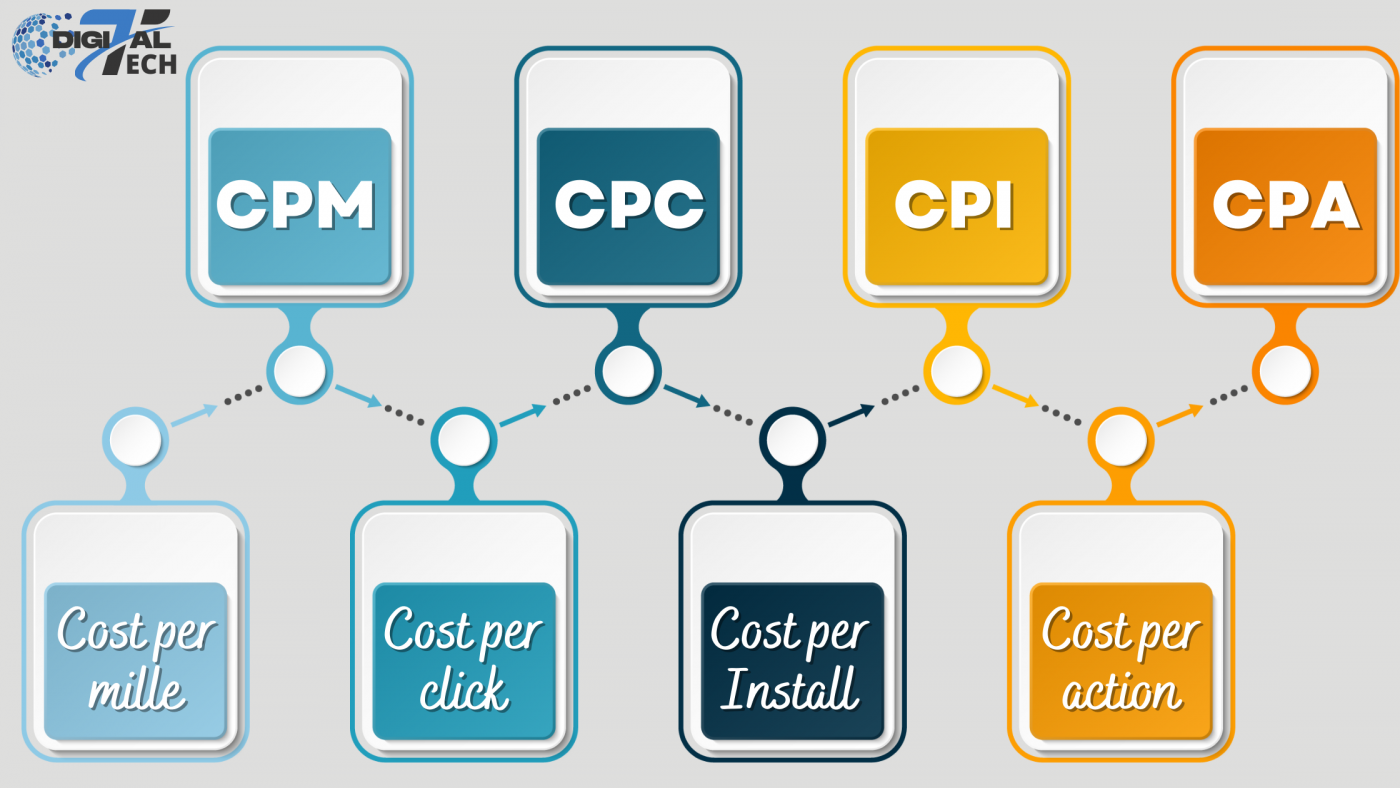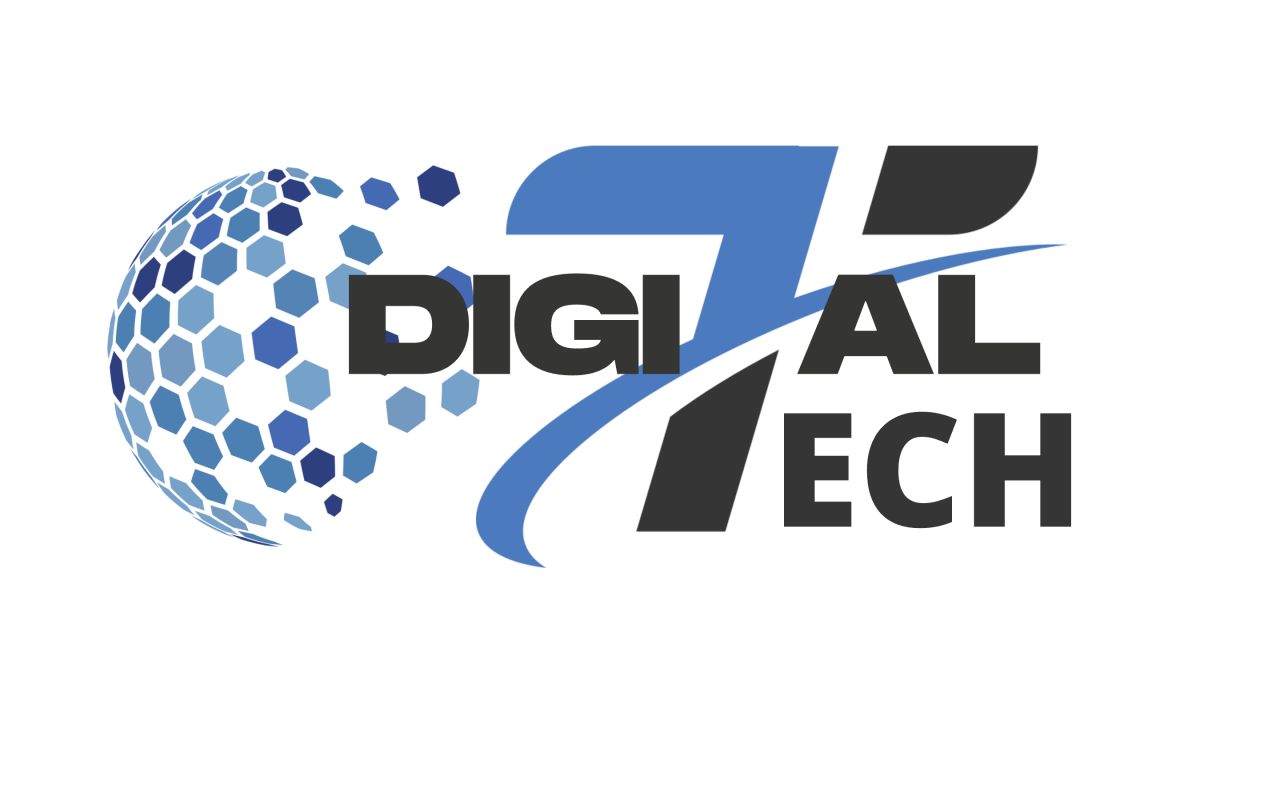Acquiring app users is essential to remaining competitive in 2024; it’s like gasping for air mid-race. If you miss it, you could end up gasping for air at the starting line as your rivals pass you by.
This comprehensive guide will not only teach you about cost considerations and methods, but it will also provide you with useful insights to help you stay competitive in the ever-changing mobile app industry.
1. What is user acquisition?
The process of obtaining new users to find and select your app in a world full of them is known as user acquisition. However, in 2024, attracting new users is no longer sufficient, and app developers are increasingly concentrating on gaining high-quality consumers using economical user acquisition strategies.

What is user acquisition
The objective is to get acceptable results without squandering any financial or time resources. Determining user acquisition expenses is crucial since it lays the groundwork for a profitable return on investment.
2. Definition of user acquisition expenses
The number of new users recruited divided by the resources allocated to user acquisition yields the cost of user acquisition. The end outcome is the entire amount spent to attract a new user.

Definition of user acquisition expenses
Selecting the right price model among a variety of options is the first step towards achieving a good return on investment, which means keeping user acquisition expenses low. While doing so, it is important to acknowledge that each one of them has advantages and disadvantages.
We’ll go over the most popular ones in this post so you may select the ones that best suit your objectives, strategy, and preferred user acquisition channels. They are as follows:
- CPM
- CPC
- CPI
- CPA
3. User acquisition by CPM (cost per mille)
Cost per Mille, or Cost per One Thousand Impression, is what CPM stands for. Advertisers prefer CPM as the typical pricing model in the ad exchange industry due to its straightforward mechanism. They receive a set amount for every 1,000 times their advertisement appears on an app, regardless of whether an engagement occurs or not.
The CPM media buying approach is the best choice if your objective is to maximize exposure. It helps raise awareness for your user acquisition campaign and enables marketers to estimate the cost of reaching a specific number of potential new users. Brands primarily use it for awareness initiatives. Apps such as Spotify then utilize CPM, which is also one of the metrics used in TV advertising.
Since advertisers must pay a fixed amount regardless of whether the user interacts with or even views the advertisement, CPM is not risk-free for them. This could result in a sharp decline in your ROI.
4. Cost per click, or CPC, methods of acquiring users
Cost per click (CPC) advertising. The advertiser gets billed based on each click that is performed on the advertisement. Because of the increased level of user engagement, some advertisers prefer it to CPM when it comes to user acquisition. Your app is more likely to generate income from a highly engaged user. One potential disadvantage of CPC is that expenses could be too high to significantly increase volumes.
Google, Meta, Facebook, and Instagram use the cost-per-click (CPC) model because it boosts mobile traffic and lowers user acquisition costs.
5. Cost per Install (CPI) user acquisition
Advertisers pay for each piece of software only after it has been downloaded, in a pricing strategy called cost per install (CPI). This primary payment model is used in user acquisition initiatives, along with CPA, helping you expand your app’s user base and increase its popularity. Your software will climb the app store’s ranks with each install, increasing its visibility and encouraging natural user acquisition.
Marketers use CPI extensively for app marketing because it tracks post-install events and measures the app’s success effectively. It encourages people to click the download button quickly. By moving from CPC to CPI, you can optimize your user acquisition strategy faster, as getting your app installed is the primary objective.
6. Cost per action (CPA): acquiring users
While CPI concentrates on growing an app’s user base, cost per action (CPA) is the better option when your user acquisition campaign’s objective is to gain high-quality people to boost your return on investment (ROAS).
When users subscribe, purchase in-app items, or carry out other post-install actions, advertising pays them. Advertisers decide what to do by analyzing each app and its user base, considering its KPIs, and aligning with the user acquisition target.
Conversely, CPA is the least risky option; it lies on the other end of the spectrum from CPM. The fact that the UA partner assumes all risk confirms that this model is highly liked by advertising professionals.

